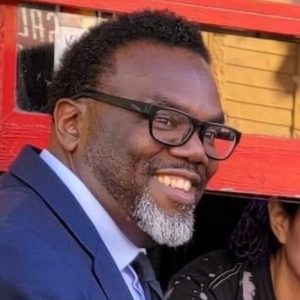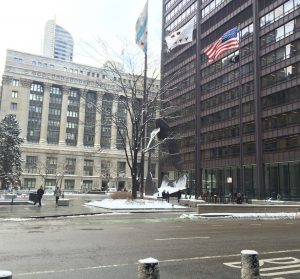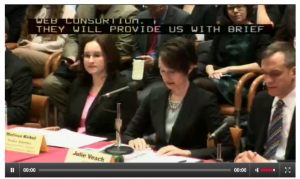With the incorporation of police surveillance cameras in Chicago reaching new levels, the neighborhood of Pilsen is quickly becoming inundated by flashing blue lights. Chicago is rapidly expanding and upgrading its surveillance systems throughout the city, switching to smaller, more covert cameras, according to the Chicago Tribune.
Police officials refuse to comment on the extent and number of the cameras, which they term “police observation devices,” or PODs, but the Associated Press estimates there are at least 10,000 police cameras city-wide. Police officials have said they are in the process of linking this city-wide surveillance network to allow more comprehensive coverage.
“We have a great number of concerns about the spread of surveillance throughout Chicago,” said Ed Yohnka, director of communications and public policy for the American Civil Liberties Union of Illinois. “These cameras are incredibly powerful tools … We know from experience that when police are given this type of power, it inevitably leads to abuse.”
Authorities say the cameras help reduce crime, determine fault in traffic incidents and help fire protection agencies, among a laundry list of other benefits.
Police cameras are now ubiquitous in Pilsen, and the numbers, kept secret by police, are only growing. Pilsen’s Manuel Perez, Jr. Elementary School has two active police cameras within 75 yards of its front door.
Many critics say this is part of the gentrification of the area, a process wherein property values rise and drive out the low-income populace.
Pilsen’s early residents were Czech immigrants eager to start new lives in the young city. Today it is quite different from its Eastern European origins, but it is still an immigrant port of entry, now home primarily to Mexican immigrants.
But as Pilsen becomes a more attractive place for upper-income people to live, locals say, police are working harder to drive out gang members. As with many aspects of gentrification, some locals have mixed feelings about police efforts to reduce crime or other efforts to “improve” the neighborhood.
Jimmy Dixon, 26, said there’s no point in fighting gentrification.
“I think it’s natural,” he said while walking Pilsen’s main thoroughfare, 18th Street. “It’s the way big cities like this work.”
While many think police surveillance is focused unduly on low-income and ethnic neighborhoods, others believe this is where the cameras are most needed to deter crime. However, many experts question whether the cameras affect crime at all.
“They [cameras] displace crime, but don’t deter it.” Yohnka said.
And even if they do reduce crime, residents worry about the civil liberty and psychological implications. While it is certainly legal to photograph public space, it may be morally questionable to allow authorities to keep a constant video record of their citizens. As the old saying goes: “Make a man think he is constantly watched, and he will internalize his surveillance, correcting his own behavior.”
Either way, Pilsen — say “cheese.”

![Reblog this post [with Zemanta]](http://img.zemanta.com/reblog_c.png?x-id=b2a636db-2537-41ab-872f-c9c85fe17fbc)










Be First to Comment